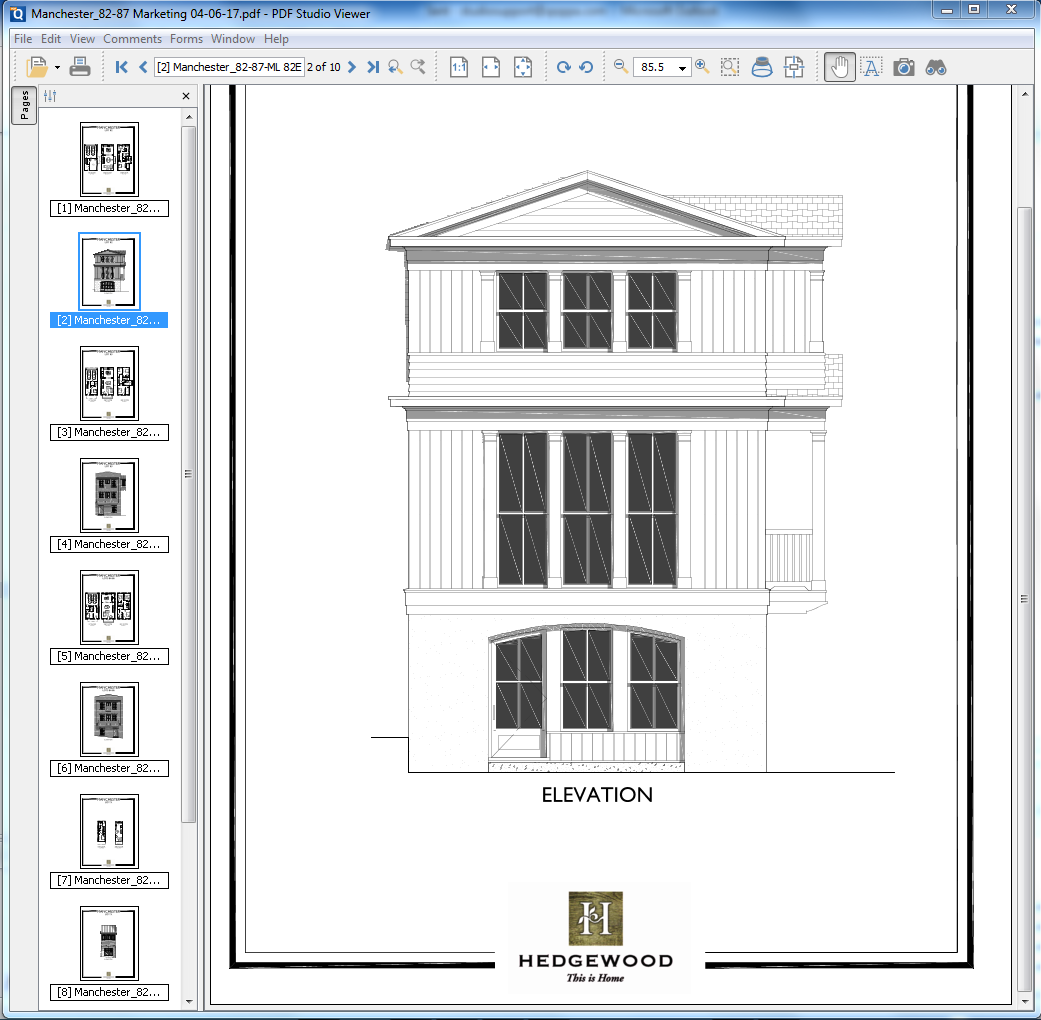Chicago, IL – March 8, 2018 – Datalogics, the premier source for PDF, EdTech and eBook technologies, announces the release of PDF2IMG, version 2.5. This new release includes improved support for removing unneeded whitespace margins from rendered pages, and enhanced font and color space resource capabilities to ensure accurate and “true-to-original” file conversions. PDF2IMG can now accurately … Read more
Like most companies out there, at Datalogics we utilize and rely on many enterprise infrastructure products daily. As many people do, we expect that support will be readily accessible when we need it, as ours is for our customers. These are enterprise products, after all, and valuable support is always an expectation. Unfortunately, I found … Read more
Our Datalogics Knowledge Base page is maintained by our Developer Support Team, and is used to provide solutions to frequently asked questions to others who may be having similar issues. I recently wrote a KB article about an error reported for Adobe PDF Print Engine (PPE), and since it is one of our more common … Read more










